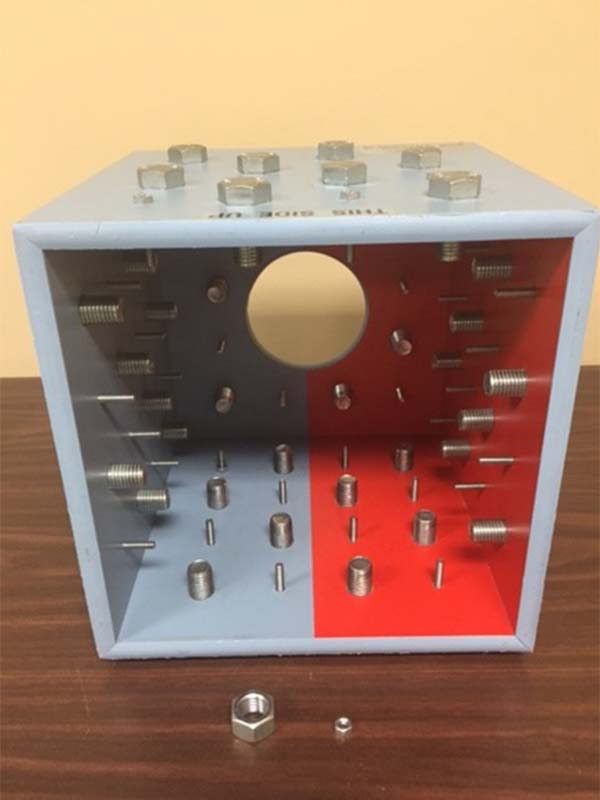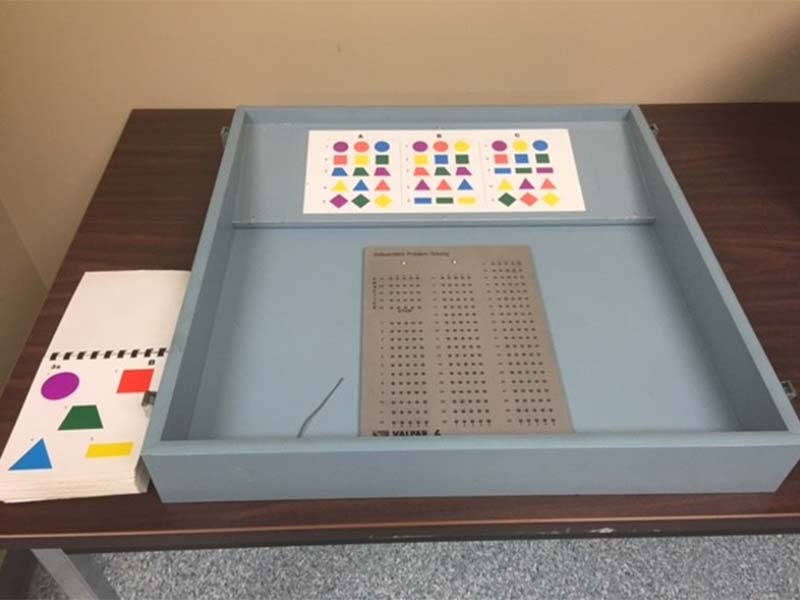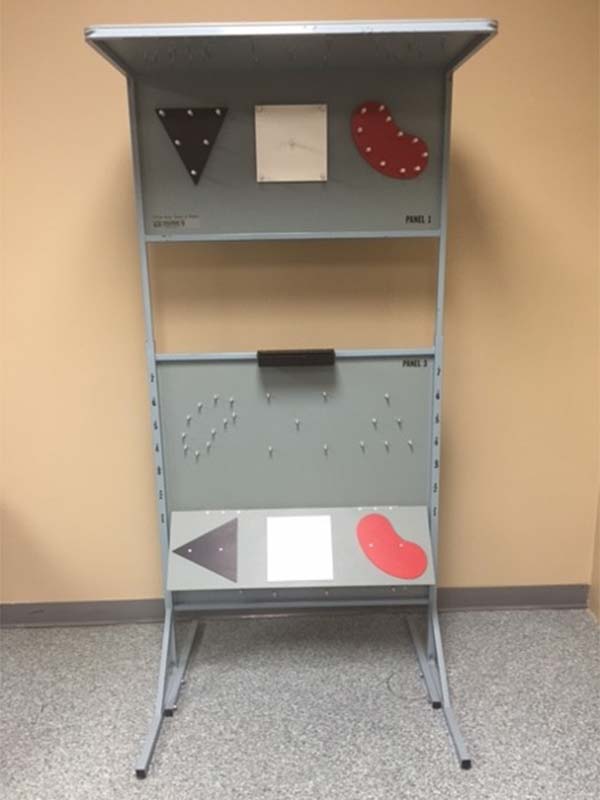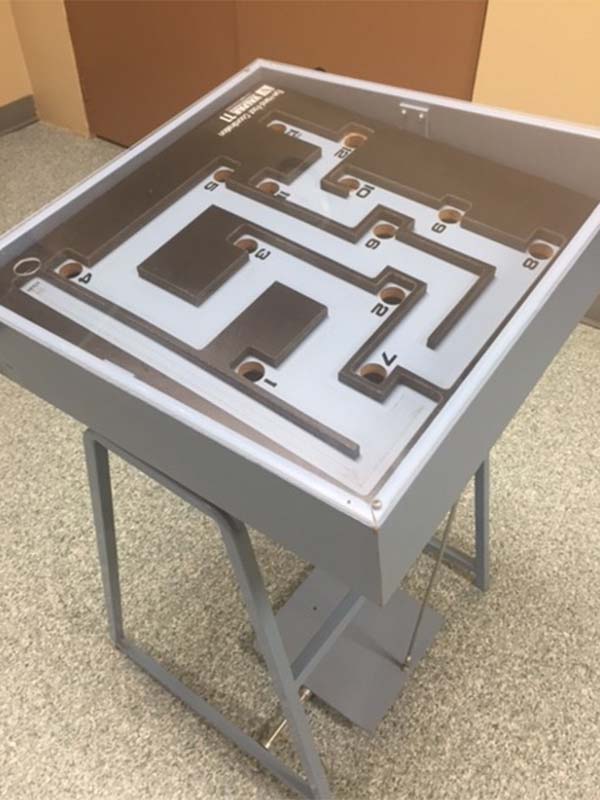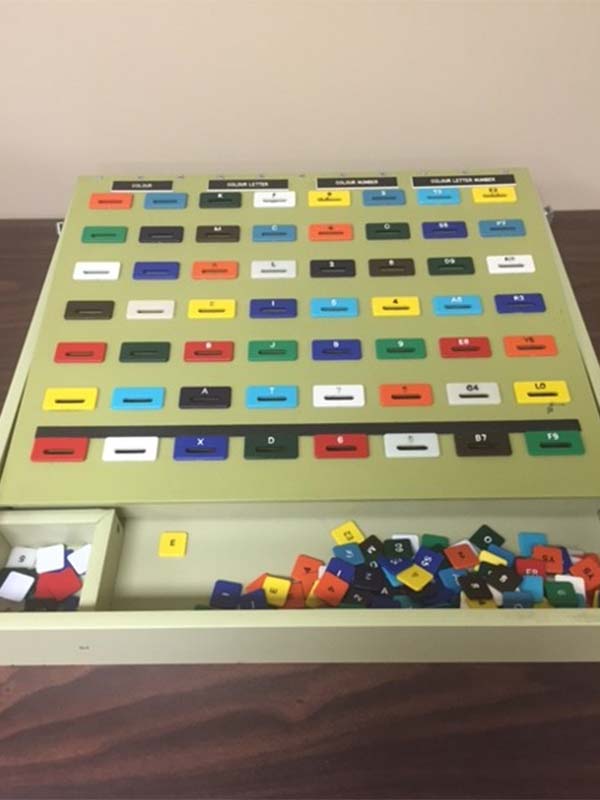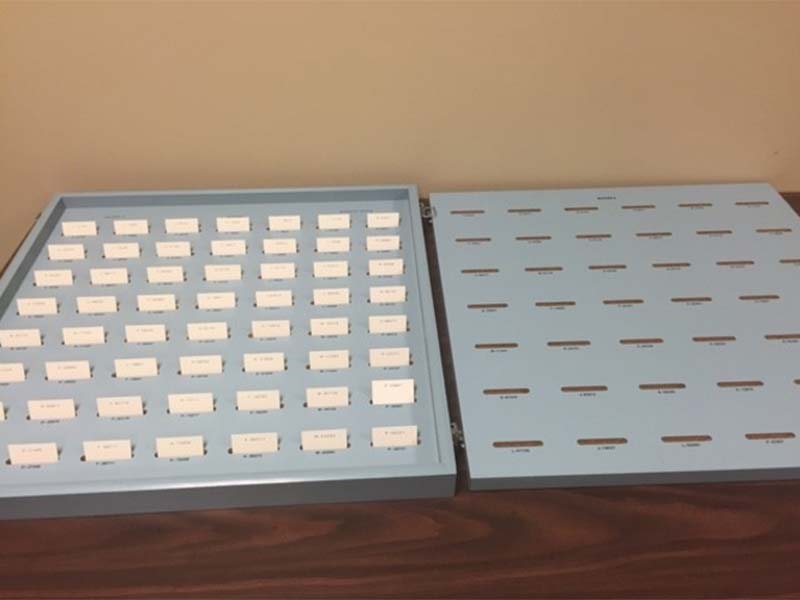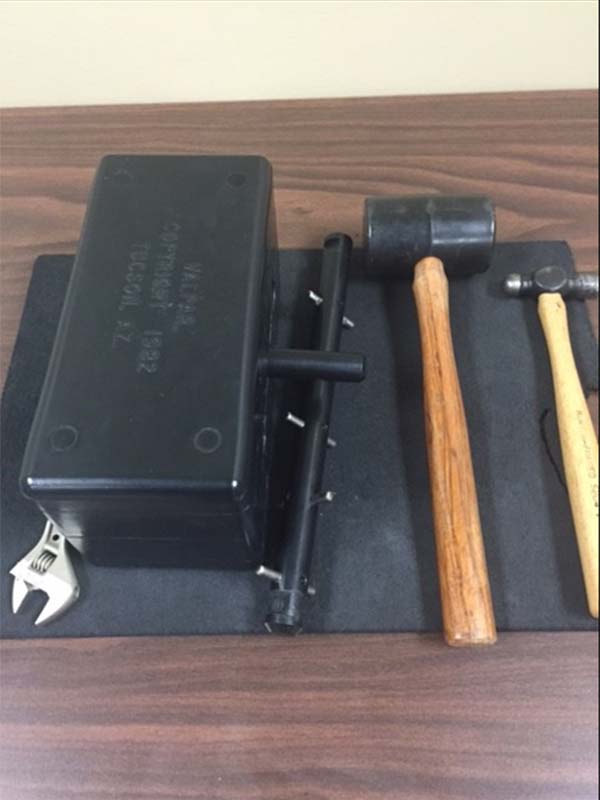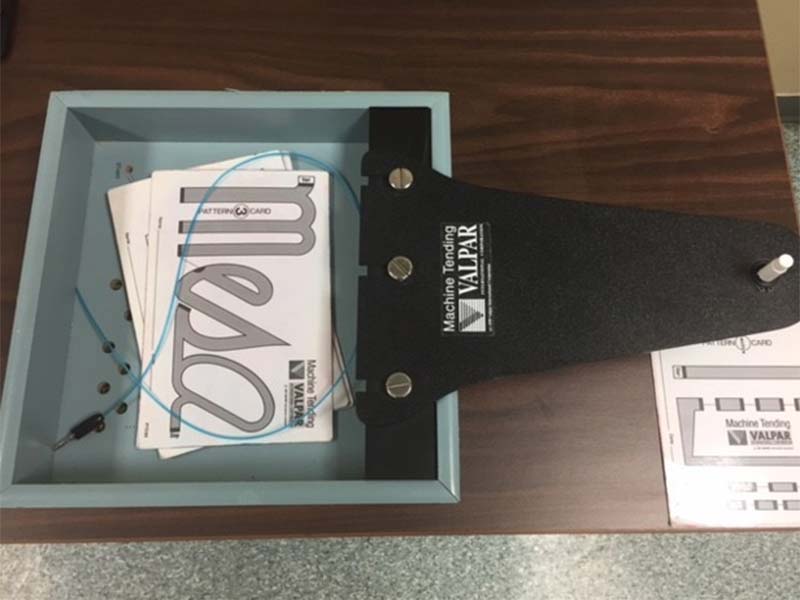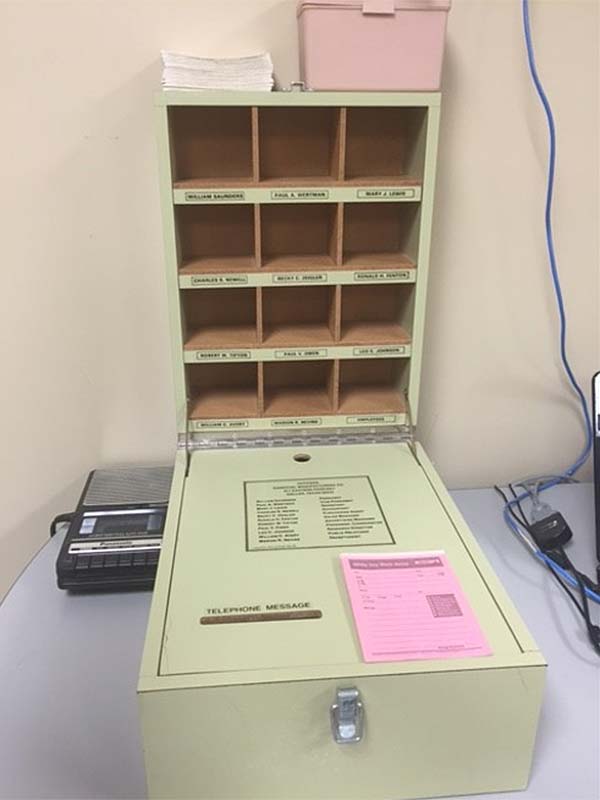Vocational Assessment
Type 1 Vocational Assessment
Type 1 vocational assessments are community-based worksite assessments which may involve job shadowing and/or work experience. The process includes:
- Assessing participants’ vocational strengths and limitations and developing an individualized training plan;
- Designing and developing instructional aids which could impact on learning and job performance in the community;
- Assessing the participants’ work-related behaviors, skills, and abilities in a work setting or within the service provider’s facility;
- Identifying the barriers to employment and developing training plans that recognize the social, emotional, and physical needs of participants and which will facilitate adjustment to the workplace;
- Liaising with referring agencies/ case coordinators who are responsible for the participants’ overall vocational plans.
Type 2 Vocational Assessment (PRO 3000)
Type 2 vocational assessments are PRO 3000 Assessments (including Mobile Unit) which include:
- Hands-on work samples;
- Computerized assessment;
- Pro 3000 Interest Survey;
- Hall Occupational Orientation Inventory;
- Wide Range of Achievement Test (WRAT- III);
- Reading Level Indicator.
Rural areas covered by the Mobile Unit include:
- North – Dauphin, Minnedosa, Russell, Roblin, Swan River, and The Pas;
- East – Carberry, Gladstone, and Neepawa;
- South – Boissevain, Deloraine, Killarney, and Swan Lake;
- West – to the Saskatchewan border.
There are five major components to the Pro 3000 system from the participants’ perspective. These components can be used in whole or in part, at the discretion of the evaluator to meet the needs of the participants.
Components Include:
- Manual Work Samples – eleven sample units in total, each with separate user guide for the evaluator to assist in administering, observing, and scoring the test results. The work samples that compare a Pro 3000 assessment have been developed to give results measured against established industrial work rate standards (i.e. criterion- references assessment). Each sample generates scores in the area of aptitude, physical demands, and related factors, based on the US Department of Labor job analysis techniques.
- Pro 3000 Computerized Assessment, Non- Academic – self- administered via the computer, using a hand control or a mouse. Several short work samples replicate aspects of the manual work samples and are tested and scored.
- Pro 3000 Computerized Assessment, Academic – self- administered, computerized tests that score reasoning, mathematics, and language skills (called general educational development). The computer generates and score the test automatically.
- Pro 3000 Computerized Assessment, Interest Tests – a total of 13 self- administered sub- tests generated and scored (on a 1 to 5 scale) on the computer measure 11 aptitudes and 12 areas of interest.
- Paper and Pencil Survey – focusing on vocational interests
The evaluator is in charge of determining what portions of the Pro 3000 system are utilized for each participant’s individualized assessment. Once all relevant information is completed by the evaluator, a variety of output reports, including job matches are generated.
- Vocational Profile Review
- Money Handling
- PRO 3000 Interest
- Numerical Sorting
- Reading Free Interest
- WRAT 4 BLUE
- Independent Problem Solving
- Align/Drive
- Hall Occupational Orientation
- Wiring
- CAAT Select-a-Level
- Machine Training
- Upper Extremity Range of Motion
- Mail Sorting
- PRO 3000 Compass
- Alpha/Filing
- Multi-Level Sorting
- Telephone Answering
- Reading Level Indicator
- Bookkeeping
- Simulated Assembly *
- Whole Body Range of Motion *
- Eye/Hand/Foot Coordination *
- * Not be available for rural Pro 3000 trips.
* For more information please see the description of each work sample above.

